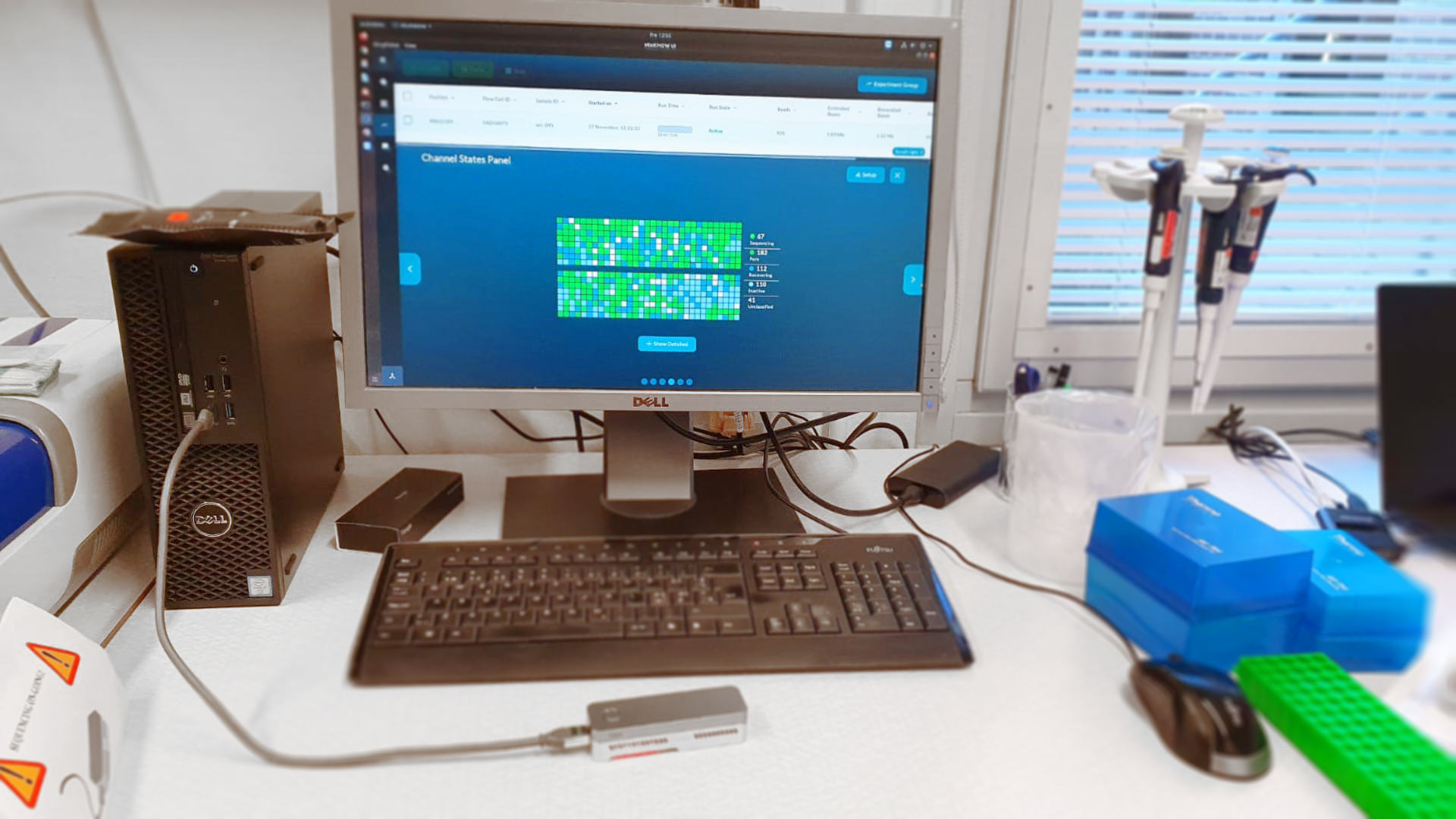New methods shed light on CRISPR-Cas9 activity in “dark” genomic regions
Researchers at SciLifeLab’s National Genomics Infrastructure (NGI) have developed new methods, based on long-read DNA sequencing, to study CRISPR-Cas9 activity.
The CRISPR-Cas9 system has in a short period of time become an immensely popular tool for editing DNA in living cells and organisms, and is today used in many different areas of life science, including medicine, agriculture and biotechnology. This revolutionary tool for genome editing was also awarded the 2020 Nobel Prize.
However, there is a concern that CRISPR-Cas9 in certain cases might introduce mutations at other locations than the intended genomic target. It is therefore of importance to determine where such “off-target” mutations could arise.
In a new study published in Genome Biology, researchers at the SciLifeLab National Genomics Infrastructure (NGI) in Uppsala have developed two methods to identify such CRISPR-Cas9 off-target sites using DNA sequencing.
“Our new methods have the advantage of reading long DNA molecules, which makes it possible to investigate CRISPR-Cas9 activity in so called “dark”, or repetitive, regions of the genome which are inaccessible for previous short-read sequencing methods, says last author Adam Ameur (UU).
DNA from human cells was examined in the study, but the methods can be applied to all possible cell types and organisms. Individual researchers now also have the possibility to perform these experiments themselves, without the need for a sequencing core unit.
“An advantage of our nanopore-based method for off-target detection is that it can be run on a portable sequencing instrument, and without big capital investment, says first author Ida Höijer (UU), who developed the sequencing protocols.
In the study, CRISPR-Cas9 off-target sites were in isolated DNA samples. However, it is not yet clear to what extent these in vitro detected off-targets will lead to unintended mutations in living cells and organisms.
“It seems like there can be differences between CRISPR-Cas9 off-target activity in vitro and in vivo, and this is something that merits further investigation. Our new methods provide efficient tools for future studies of genome editing in living cells, says Adam Ameur.





